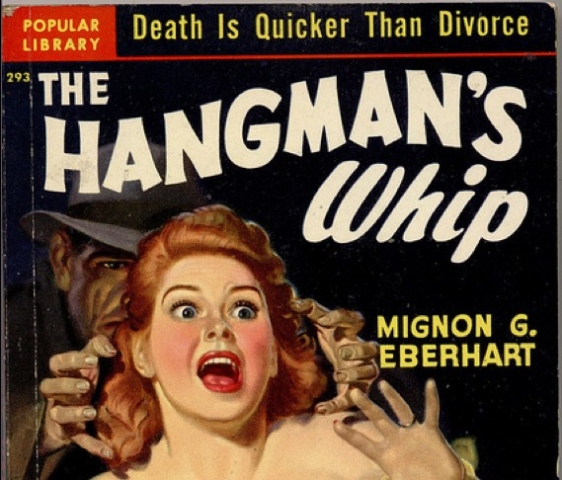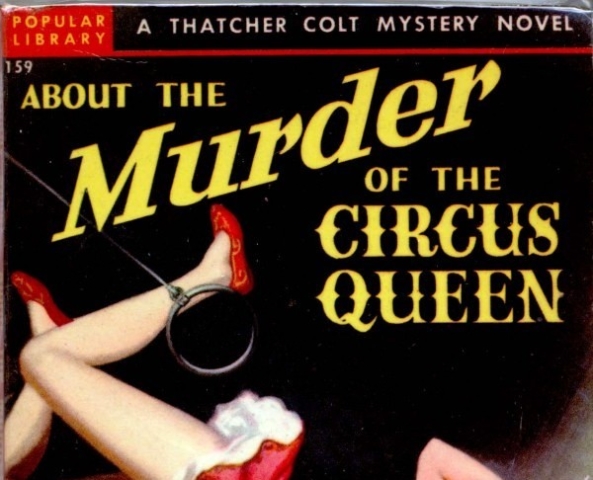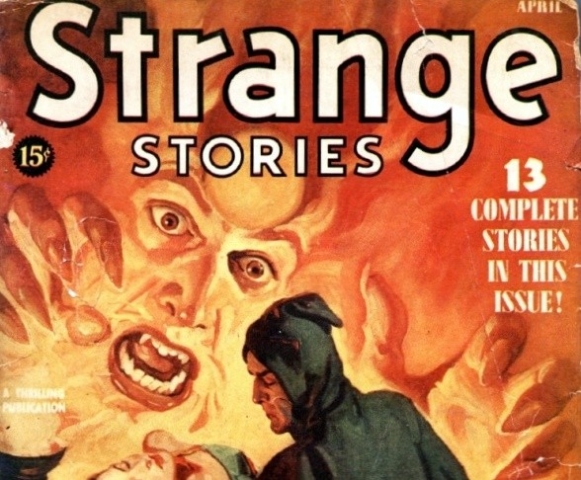“Quite simply, my father had to make money to support his wife and children. … [He] had no pretensions about being artistic. Many of his designs … were products of ‘hack work.’ Nevertheless, respected and honored by the building trade … my father was awarded contracts because he was good at creating plans which would minimize building costs and which would afford prospective renters or buyers a fair amount of views and apartment layouts which were livable.”
-Daughter of 585 West 214th Street architect H.I. Feldman

In the spring of 1940 a Federal Census taker visited 585 West 214th Street, opposite Inwood Hill Park, on the northern tip of Manhattan. The six story brick apartment building had been designed by noted Art Deco architect H. I. Feldman in 1937.

Early residents of the new building hailed from Germany, Poland, Russia, Lithuania, Mexico, Italy, France and Romania. Native New Yorkers rounded out the mainly middle class mix of depression era apartment dwellers. Living inside the buildings’ fifty units were railroad conductors, furriers, stenographers, electricians and café owners.
Some notable residents included illustrator Rudolph Belarski, cartoonist Sydney Hoff and a showgirl named Dorothy Whitehead.
Rudolph Belarski: Master of Pulp Fiction Art
Ken Stuart, the art editor of the Saturday Evening Post in the 1950’s, once remarked that Belarski was “the perfect paperback artist.”

His covers featured buxom damsels in distress and square-jawed hard-boiled detectives with sensational titles that included “Homicide Johnny,” “Marijuana Girl,” “The Hangman’s Whip” and “Jailbait.”
The son of Austrian-Polish immigrants he quit school at the age of twelve to work in the Pennsylvania coalmines. His time above ground, spent taking mail order art courses, led to his acceptance to Brooklyn’s Pratt Institute in 1922.
Works by Belarski
By the mid-1930’s the self-made artist found his stride, creating cover art for pulp fiction novels.

During World War II he joined the USO where he drew thousands of portraits of hospitalized servicemen both in New York in London.
He died in 1983.
Sydney Hoff: Cartoonist

Jewish-American cartoonist Sydney Hoff was born in the Bronx in 1912. Hoff enrolled in the National Academy of Design when he was sixteen and sold his first cartoon to the New Yorker when he was eighteen—between 1931 and 1975 the magazine would publish nearly 600 of his works.
Countless other illustrations were picked up by Esquire, Look Magazine, Playboy, Collier’s and The Saturday Evening Post. He also published sixty volumes of the “I Can Read” series under the Harper Collins imprint. One of his children’s books, “Danny and the Dinosaur,” sold more than ten million copies and was translated into a dozen languages.
“He utilized various mediums,” wrote the Los Angeles times, including “watercolors, crayon, washes, ink — to create dumpling-shaped rounded characters, often patterned on people he encountered in the Jewish neighborhood of New York where he had grown up.” (LA Times, May 17, 2004)
At the outbreak of World War II Hoff had become “so essential to national morale” that he managed to avoid military service. He spent the war in the employment of the Office of War drawing propaganda cartoons that were dropped behind enemy lines.
But Hoff harbored a secret.

Before the War, it was later learned, Hoff had penned cartoons for leftist publications and Communist dailies under the pseudonym “A. Redfield.” While questioned by the FBI in 1952 about his communist leanings he was neither charged nor blacklisted. Still, the youthful affiliation haunted him. He worried constantly that his past acts would tarnish his status as a beloved children’s illustrator.

Hoff died in 2004. He was 91.
Dorothy Whitehead: Turned down a date with Jimmy Durante
Also living in 585 West 214th Street at the time of the 1940 census was showgirl Dorothy Whitehead.
Born Dorothy Wilkinson in Philadelphia in 1919, she joined a musical review in Atlantic City after graduating from high school in 1937. The following year she entertained tourists at the Merry-Go-Round Club inside Atlantic City’s Ritz Carlton Hotel. Later, while working at the Top Hat Club in Union City, New Jersey, she reportedly turned down a date with Jimmy Durante.

Moving to New York in 1939, the twenty-year-old preformed on Broadway and danced in musical numbers at the World’s Fair in Flushing Meadows. While dancing at the fairgrounds in the Schaefer Brewing Pavilion she won the Miss Schaefer beauty contest. She also met her future husband, Tom Whitehead, on the Fairgrounds. Two weeks later the couple was married. Whitehead, she would later recall, “always wore a gray suit and a fedora and always had a beautiful car.” (The Suffolk Times, March 6, 2013)
The couple had four children over their sixty-eight year marriage. She died in 2013 at the age of 93.






























